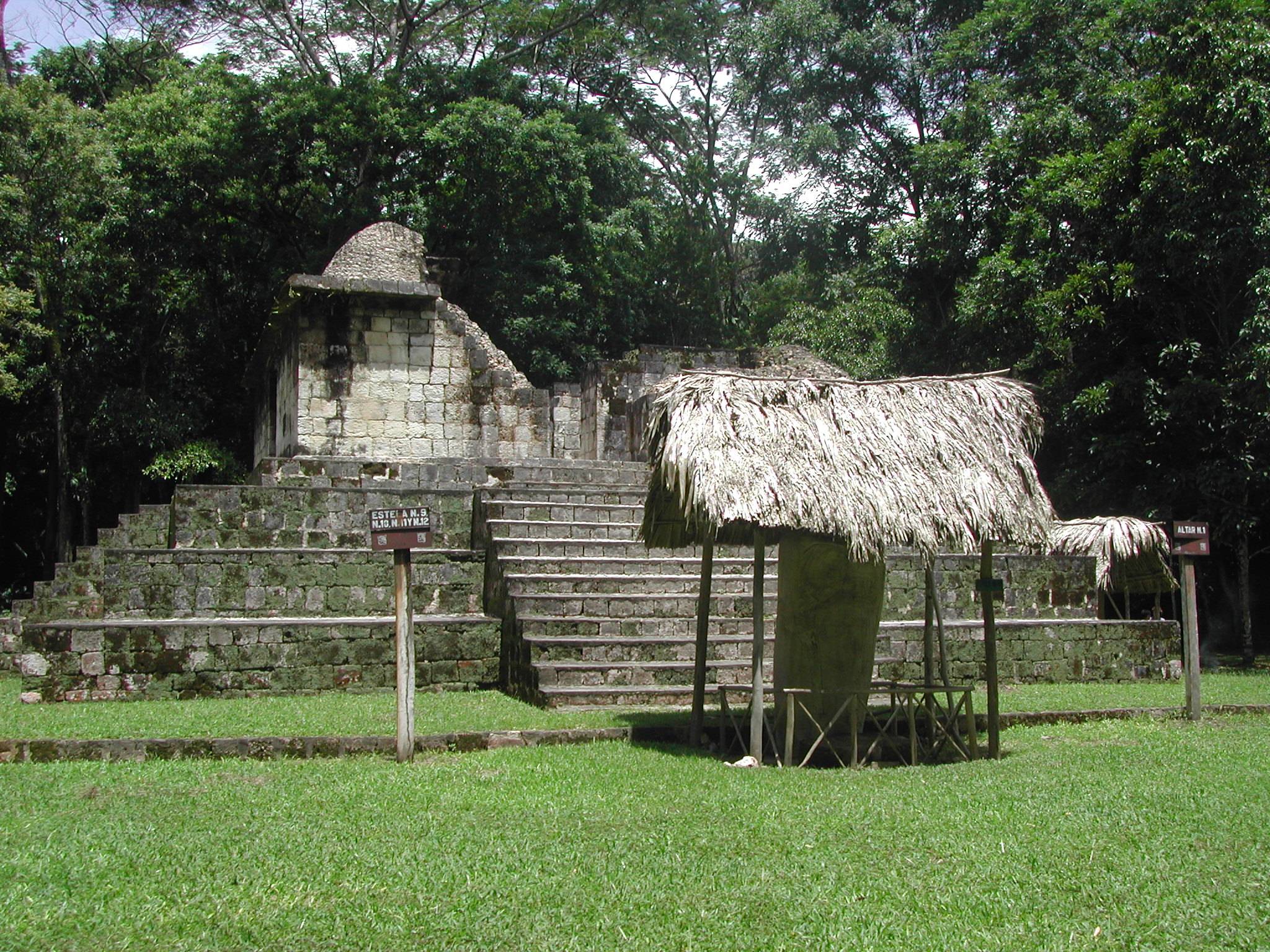Seibal: A Glimpse into the Maya Civilization
Seibal, also known as El Ceibal, stands as a significant archaeological site of the Maya civilization, located in the northern Petén Department of Guatemala. This site, once the largest city in the Pasión River region, offers a window into the complex history and culture of the Maya people.
Get your dose of History via Email
Historical Overview
Occupation at Seibal spanned from the Preclassic Period through to the Terminal Classic, marking a long history of human activity. The site reached its zenith during the Late Preclassic (400 BC – AD 200), followed by a period of decline in the Early Classic (AD 200–600). A notable recovery occurred in the Terminal Classic, just before the site was completely abandoned, with its population peaking between 830 and 890 AD, estimated at 8–10,000 people.
The stelae at Seibal are particularly noteworthy for their unusually late dates, indicating that the site remained active even after the Classic Maya collapse had affected much of the Petén region. These monuments reveal artistic influences from central Mexico and the Gulf Coast, suggesting a complex web of cultural interactions.
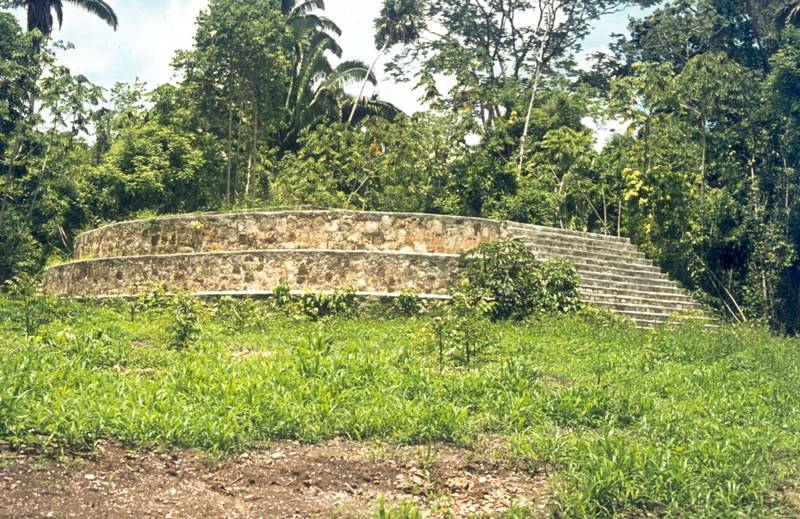
The Fall and Rise of Seibal
The early history of Seibal was marred by a catastrophic defeat in AD 735 by the Petexbatun kingdom, leading to the destruction of its earlier monuments. Reduced to a vassal state, Seibal’s fortunes would only change with the fall of the Petexbatun kingdom in the late 8th century AD. The arrival of Wat’ul Chatel from Ucanal in AD 830 marked a new era for Seibal, allowing it to flourish until the dawn of the 10th century.
Etymology and Location
The name Seibal is derived from the Spanish word “ceibal,” meaning “place where many ceiba trees grow.” Its strategic location on bluffs above the Pasión River facilitated its role in the region, lying within a landscape of tropical rainforest on a limestone plain.
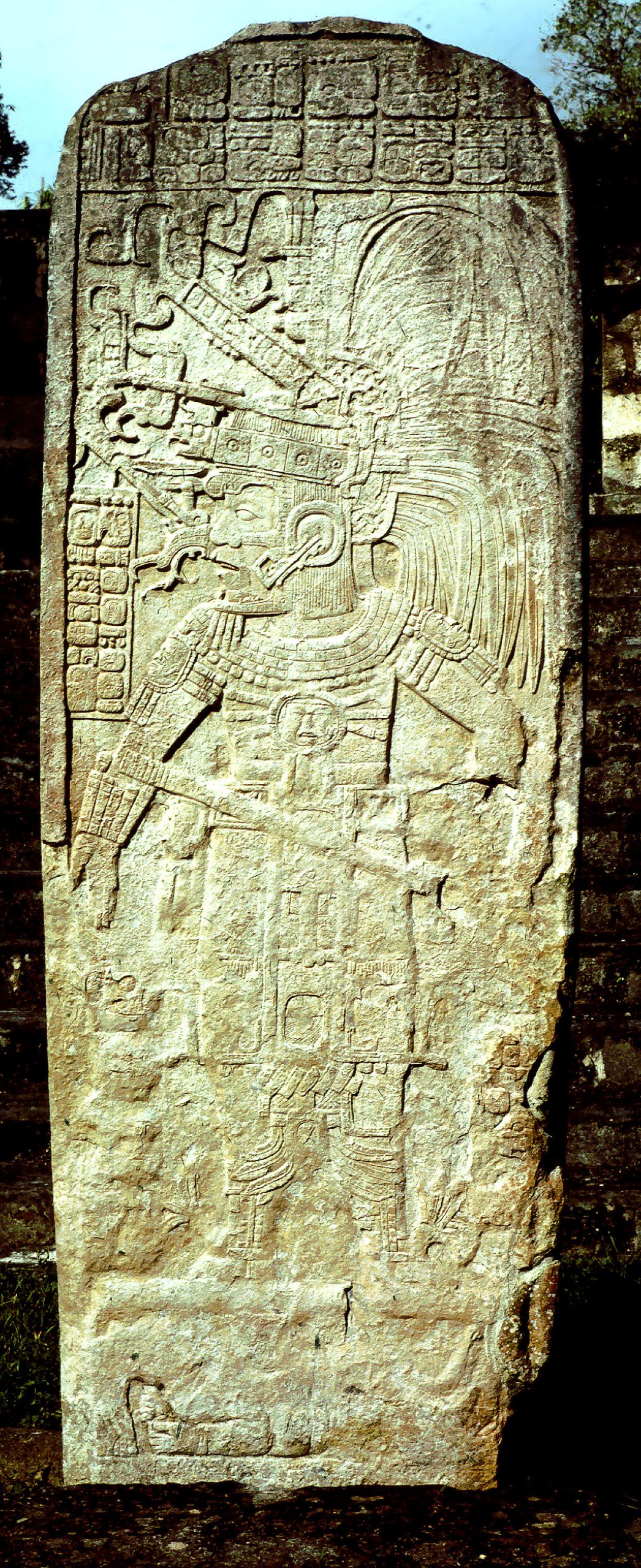
Population Dynamics
Archaeological surveys have revealed a dense concentration of structures within Seibal, with a significant population residing both in the site core and its periphery. The population dynamics of Seibal reflect its fluctuating fortunes, with a severe decline in the Early Classic followed by a rapid expansion in the Late to Terminal Classic, likely due to an influx of refugees.
Social Stratification
Excavations have uncovered evidence of a stratified society, with priest-kings and elites residing in the ceremonial center, while commoners lived in the peripheries. This social structure is reflected in the distribution of burials found during the 1964-68 excavations.
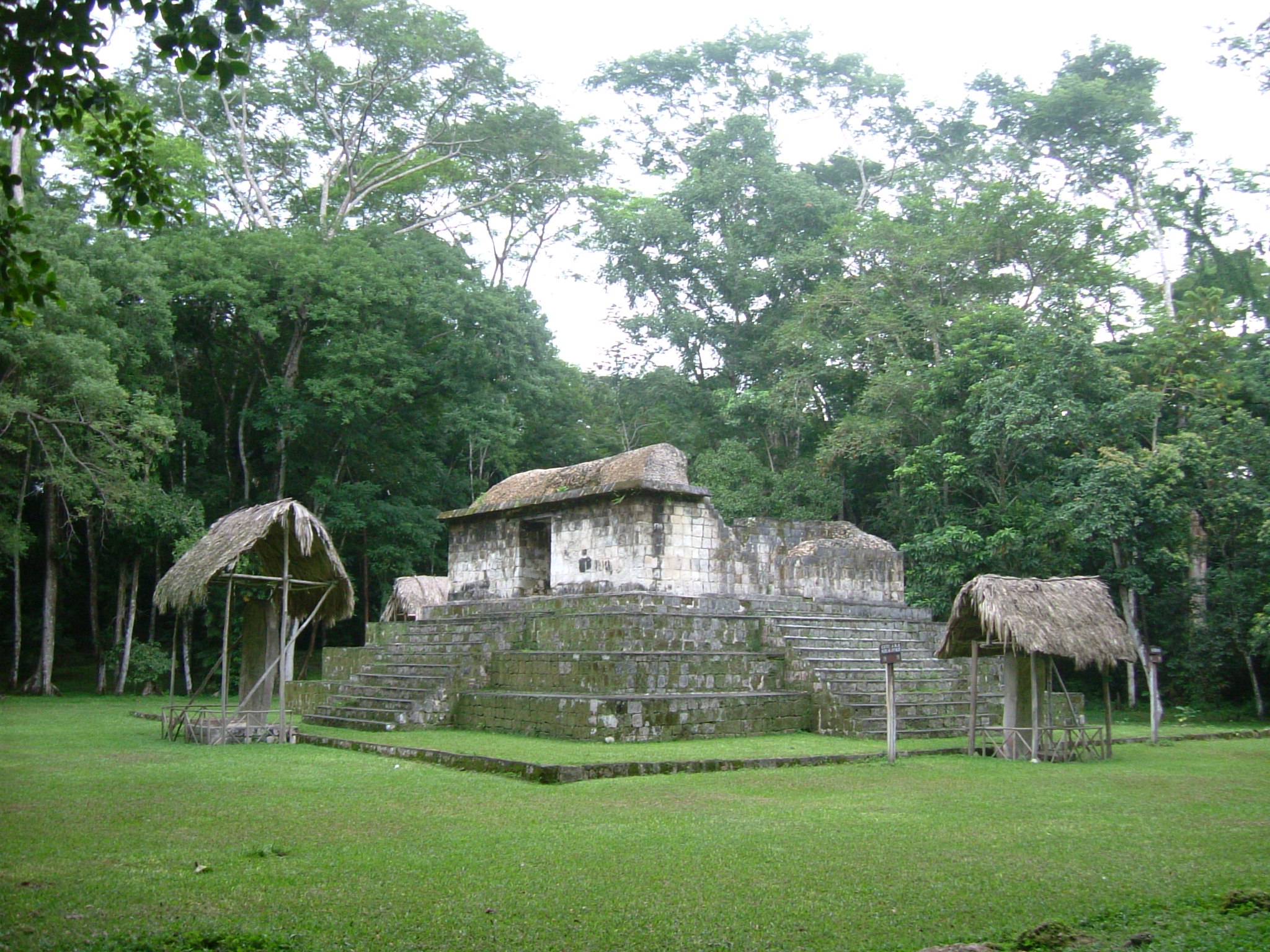
Architectural and Artistic Highlights
Seibal’s architecture includes several principal hilltop groups connected by causeways, with notable structures such as the A-3 temple platform and the C-79 circular platform. The site’s stelae, carved with figures and hieroglyphs, are fashioned from hard limestone, showcasing the artistic prowess of the Maya. These monuments, along with the site’s architecture, provide insights into the cultural and political landscape of Seibal during its occupation.
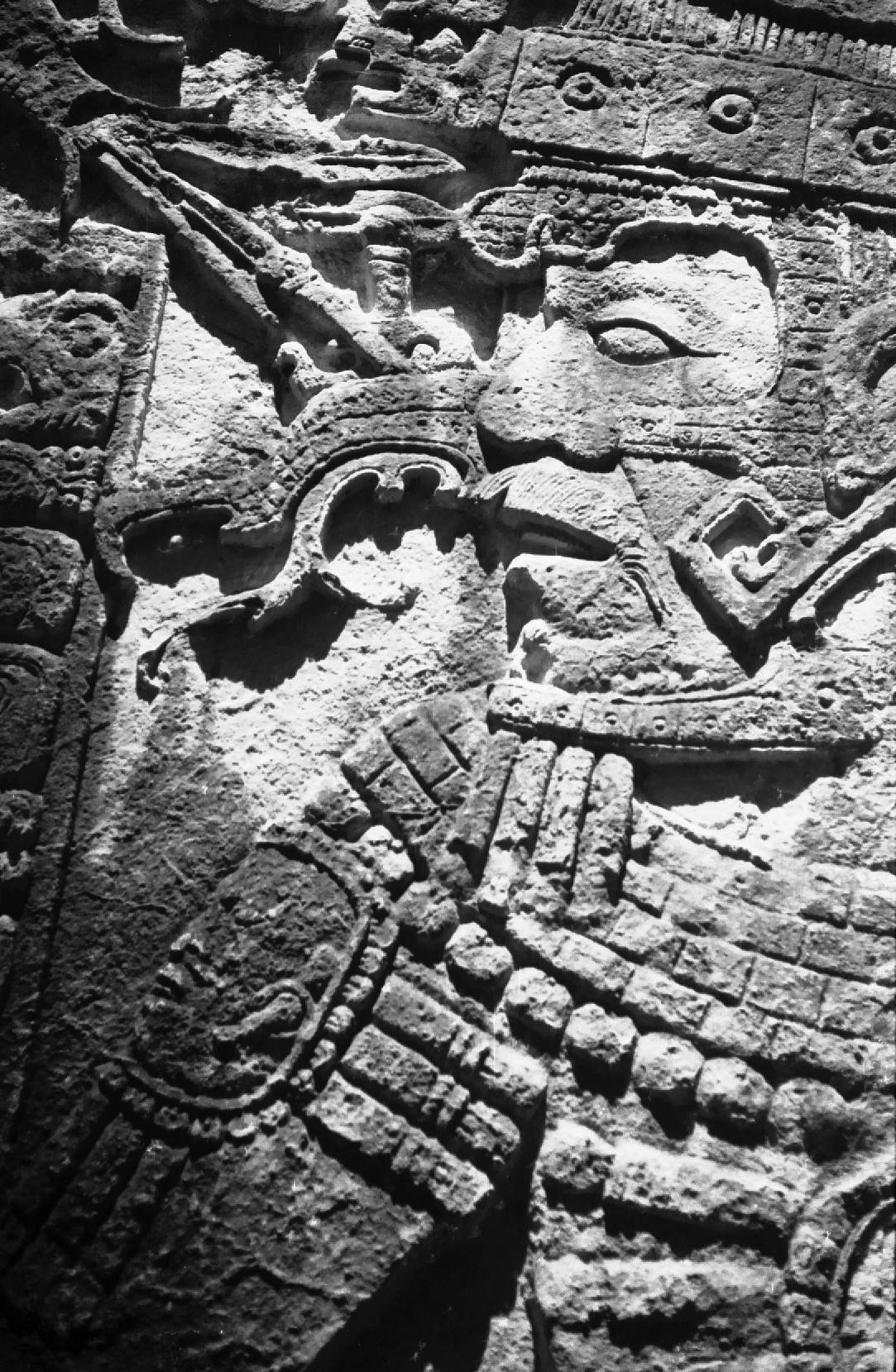
Conclusion
Seibal stands as a testament to the resilience and complexity of the Maya civilization. Its history, from its early settlement to its eventual abandonment, reflects the broader narratives of rise and fall that characterized the Classic Maya period. The archaeological remains at Seibal, including its stelae, architecture, and artifacts, continue to offer valuable insights into the social, political, and cultural dynamics of the ancient Maya.

